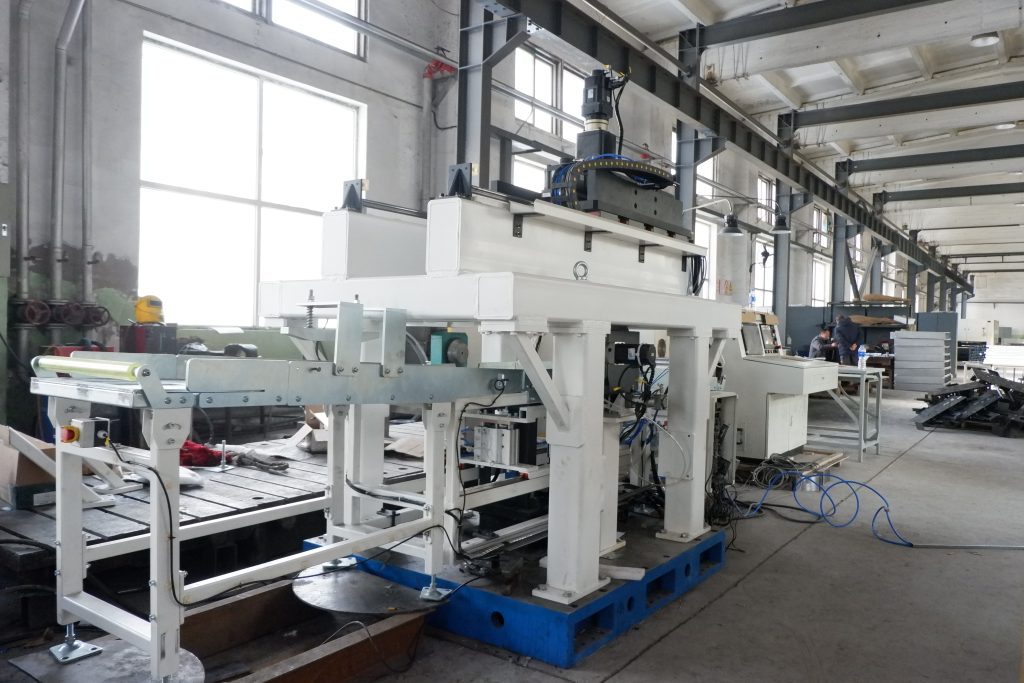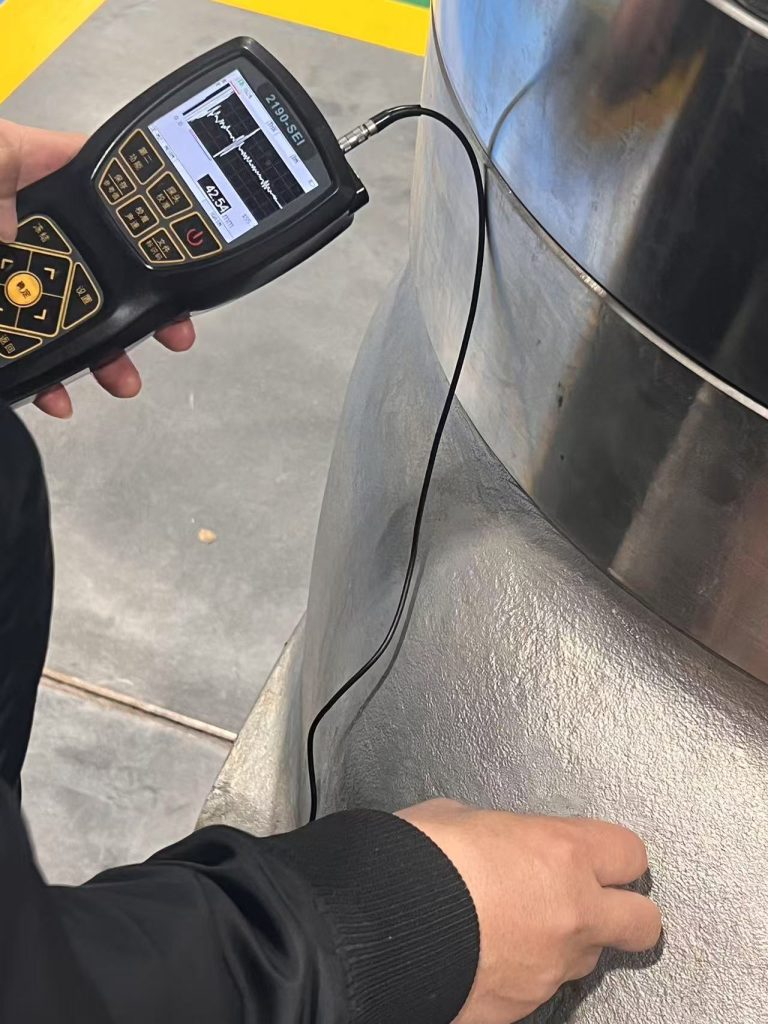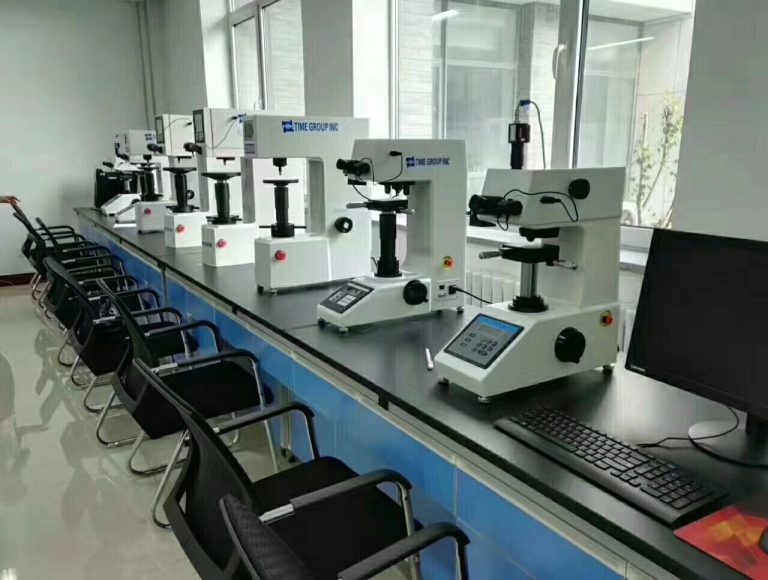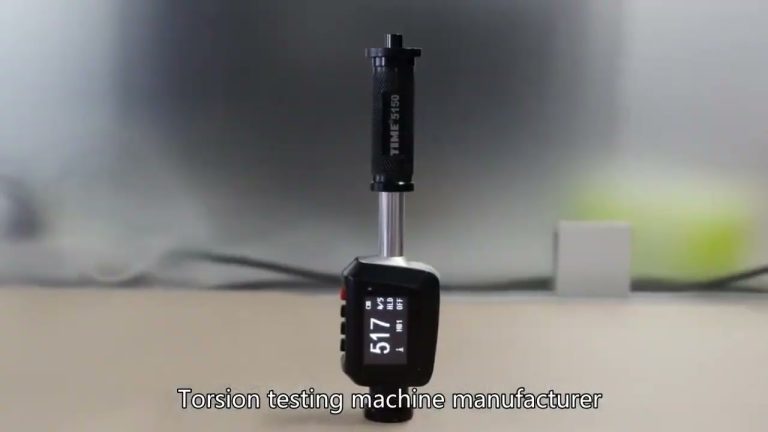Automated hardness testing equipment has undergone significant advancements in recent years, revolutionizing the way hardness testing is conducted in various industries. This article will explore the development path of automated hardness testing equipment, highlighting key milestones and innovations that have shaped its evolution.
The concept of automated hardness testing equipment first emerged with the introduction of computerized systems that could accurately measure the hardness of materials with minimal human intervention. These early systems relied on sensors and actuators to perform the testing process, providing more accurate and consistent results compared to traditional manual testing methods.

As technology continued to evolve, automated hardness testing equipment became more sophisticated, incorporating features such as robotic arms for sample handling, advanced data analysis algorithms, and real-time monitoring capabilities. These advancements not only improved the accuracy and efficiency of hardness testing but also enabled a wider range of materials to be tested, including complex shapes and sizes.
One of the key developments in the evolution of automated hardness testing equipment was the integration of artificial intelligence (AI) and machine learning algorithms. These technologies allowed the equipment to learn from past testing data, adapt to changing test conditions, and optimize testing parameters for improved accuracy and reliability.
Another significant milestone in the development of automated hardness testing equipment was the introduction of portable and handheld devices. These compact and lightweight tools enabled hardness testing to be performed on-site, eliminating the need for samples to be transported to a centralized testing facility. This not only saved time and resources but also facilitated faster decision-making in industries such as manufacturing and construction.
Looking ahead, the future of automated hardness testing equipment is promising, with ongoing research and development efforts focused on enhancing its capabilities further. Innovations such as non-destructive testing methods, multi-scale testing capabilities, and integration with Industry 4.0 technologies are expected to drive the next phase of evolution in automated hardness testing equipment.
The development path of automated hardness testing equipment has been marked by continuous innovation and technological advancements, leading to more accurate, efficient, and versatile testing solutions. As industries continue to demand higher quality standards and faster testing processes, automated hardness testing equipment is poised to play a crucial role in meeting these evolving needs.







